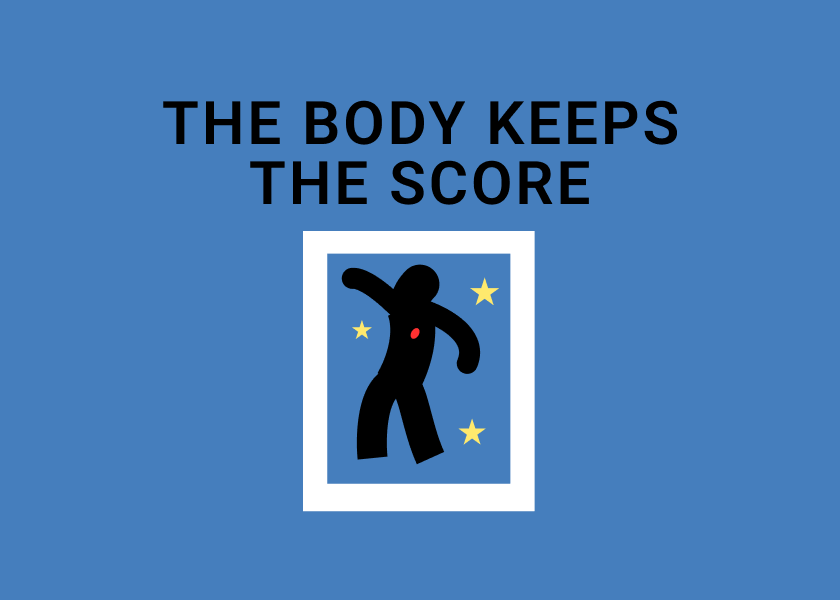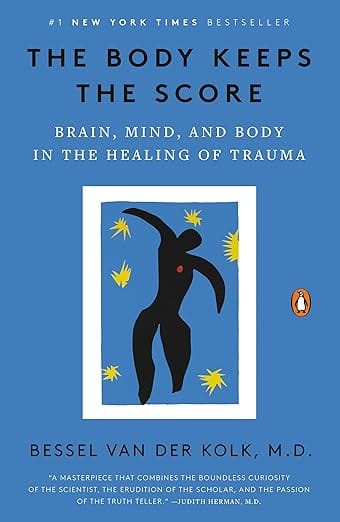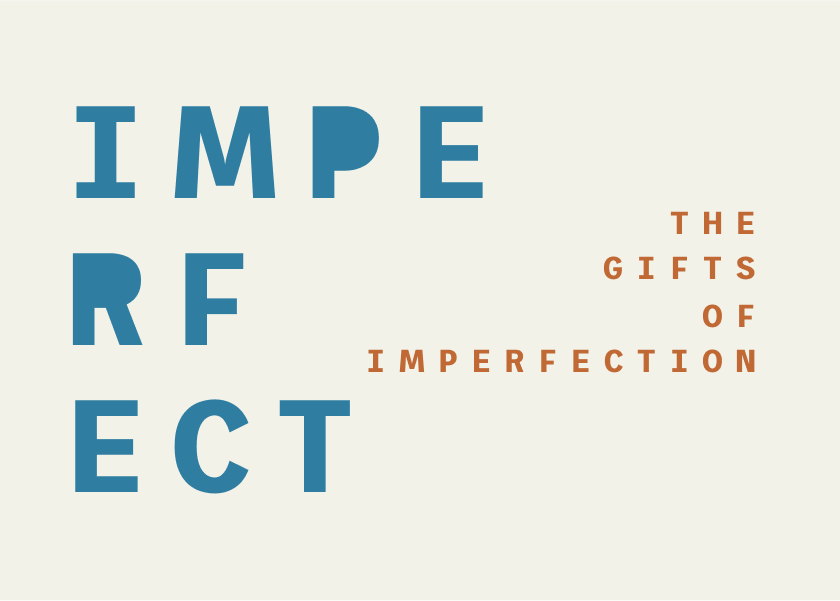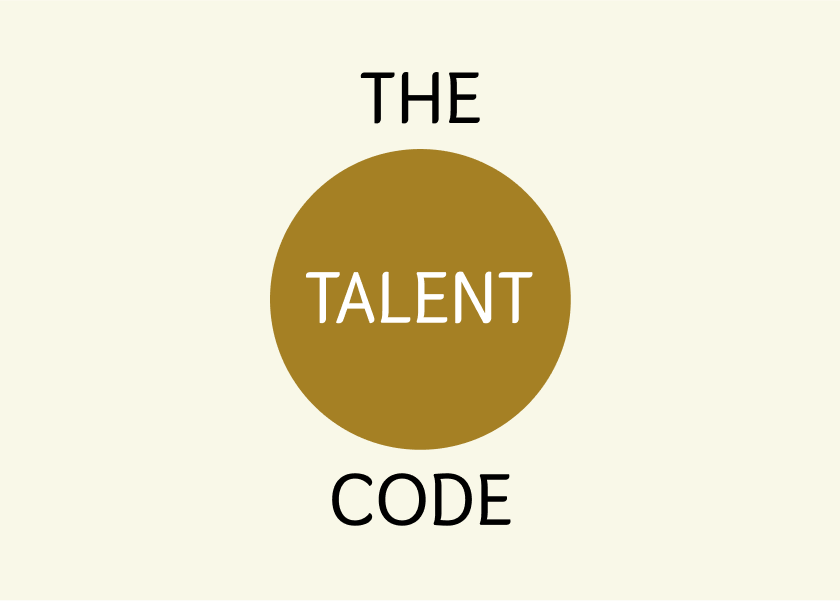The Body Keeps the Score by Bessel van der Kolk - Summary
Discover how to move beyond mere survival and thrive with novel approaches to treatment. This book explores how trauma affects the brain, mind, and body, and how to heal from it. It shows us how the body keeps the score of past experiences and empowers individuals to take charge of their healing.

This is a summary of the book The Body Keeps the Score by Bessel van der Kolk.
Listen to ShelfHelp's podcast summarising The Body Keeps the Score.
Is your body keeping score of your past traumas? Many of us carry the weight of past experiences, often without fully understanding how deeply these events are impacting our minds and bodies. In The Body Keeps the Score, Bessel van der Kolk, a pioneer in trauma research, takes us on a journey through the science of trauma, revealing how it reshapes our brains and bodies. This summary will save you time by highlighting the key concepts and actionable steps within this groundbreaking book.
Table of Contents
- About the Author
- Who Should Read This Book?
- Key Insights and Themes
- Detailed Summary
- Review
- Actionable Takeaways
- FAQs
- Conclusion
About the Author
Bessel van der Kolk is a renowned psychiatrist and researcher, considered one of the foremost experts in the field of trauma. His work has significantly shaped our understanding of how traumatic experiences affect the brain, mind, and body. As the founder of the Trauma Research Foundation in Brookline, Massachusetts, he has dedicated his career to studying and developing effective treatments for trauma survivors. Van der Kolk’s extensive experience, combined with his compelling writing style, makes this book a uniquely valuable resource.
Who Should Read This Book?
This book is essential reading for a wide audience, including:
- Trauma Survivors: Those who have experienced any form of trauma—from childhood abuse to combat exposure—will find validation and hope in the book’s insights. The book's exploration of various therapies may also prove useful to survivors.
- Mental Health Professionals: Therapists, counselors, and psychiatrists will gain a deeper understanding of trauma’s impact, along with practical, innovative treatment approaches. The book challenges traditional approaches in psychiatry and psychotherapy with a focus on what is learned from patients directly, rather than textbooks.
- Educators and Social Workers: Professionals working with children and adolescents will benefit from the book's focus on developmental trauma and its long-term effects.
- Anyone interested in the human mind and body: The book integrates neuroscience, psychology, and personal stories to explain how trauma affects us all. People under temporary stress may also find the methods discussed in this book useful.
Key Insights and Themes
Here are some of the key takeaways and main ideas from The Body Keeps the Score:
- Trauma is not just a story: It’s a physiological imprint on the brain and body that manifests as disruptive physical reactions in the present.
- The body keeps the score: Traumatic memories are stored in the body as sensations and emotions, not just cognitive recollections.
- Traditional talk therapy is often insufficient: Effective healing requires addressing the body’s physical and emotional responses to trauma, not just the mind.
- Neuroplasticity offers hope: The brain can be rewired through targeted therapies that promote self-awareness and regulation.
- Attachment and relationships are crucial: Early childhood experiences shape our capacity for healthy relationships and emotional regulation.
- A wide range of treatments can be helpful: Yoga, neurofeedback, EMDR, and theater can be effective at helping trauma survivors heal.
- Early intervention can significantly impact outcomes: Research shows that support for children from disadvantaged families and early trauma intervention results in fewer negative outcomes like criminality, violence, and lack of employment.
- The importance of self-leadership: In order to heal, it is necessary to be aware of and able to manage your own emotional reactions, as well as the various parts of your personality.
Detailed Summary
The book is organised into three parts, each exploring different aspects of trauma and recovery:
Part One: The Rediscovery of Trauma
- Lessons from Vietnam Veterans: Van der Kolk recounts his early experiences working with veterans, noting how their symptoms went beyond what traditional psychiatry could explain. He learned the importance of listening to patients and trusting their experiences. He emphasizes how trauma interrupts the plot of one's life and is often unexpected.
- Revolutions in Understanding Mind and Brain: The author explores how scientific understanding of trauma has shifted over time, moving beyond purely psychological explanations and highlighting the impact of trauma on brain function.
- Looking Into the Brain: The Neuroscience Revolution: This chapter dives into how brain imaging techniques have helped reveal the neural pathways affected by trauma, showing how the brain responds to triggers.
Part Two: This Is Your Brain on Trauma
4. Running for Your Life: The Anatomy of Survival: Here, van der Kolk explains the body’s stress response, and the "fight or flight" mechanism, focusing on the roles of the amygdala and prefrontal cortex. He also introduces the concept of "tonic immobility," or the "freeze" response.
5. Body-Brain Connections: The book explores the work of Charles Darwin and Antonio Damasio, demonstrating how emotions and body states are intertwined. The author stresses the importance of recognizing how we can use our minds to hide from our bodily sensations.
6. Losing Your Body, Losing Your Self: This chapter discusses how trauma can lead to dissociation, depersonalization, and a loss of connection with one’s body.
Part Three: The Minds of Children
7. Getting on the Same Wavelength: The Science of Attachment: The author explores the importance of secure attachment relationships in childhood and how disruptions in these relationships can have lasting effects.
8. Trapped in Relationships: The Cost of Abuse and Neglect: The chapter focuses on the impact of abuse and neglect on brain development and how it affects future relationships and behaviours.
9. What’s Love Got to Do with It?: Van der Kolk questions the limitations of current diagnostic categories, emphasizing the need for a trauma-informed approach.
10. The Impact of Trauma on the Developing Brain: The author discusses the Adverse Childhood Experiences (ACE) study and how it demonstrates how childhood trauma can impact health and well-being later in life.
Part Four: Paths to Recovery
11. Reclaiming the Body: An introduction to various therapeutic modalities including yoga and mindfulness that help people reconnect with their physical selves and regulate their nervous systems.
12. Language: Miracle and Tyranny: This section explores the role of language in trauma recovery, noting how words can be both healing and limiting, and the power of verbalizing traumatic experiences.
13. Healing from Trauma: Owning Your Self: The author emphasizes the importance of self-leadership and taking responsibility for one's own healing. 14. Rewiring the Brain: Neurofeedback: Here, van der Kolk explores the use of neurofeedback as a tool for retraining the brain to regulate emotions and improve focus. He shares results of studies using neurofeedback to treat patients suffering from PTSD, as well as patients with substance abuse issues.
15. Putting the Pieces Together: Self Leadership: This section introduces Internal Family Systems (IFS) therapy and the concept of "parts" of the personality, and the importance of self-acceptance in recovery.
16. Filling in the Holes: Creating Structures: This chapter describes Pesso Boyden System Psychomotor therapy as a method for filling in the holes that have been left by a lack of structure and positive relationship experiences during childhood.
17. Finding Your Voice: Communal Rhythms and Theater: Van der Kolk highlights the power of group activities like dance, music, and theater to foster connection and self-expression.
Review
Strengths:
- Groundbreaking and insightful: The book synthesises a vast amount of research and clinical experience into a cohesive and eye-opening narrative.
- Accessible writing: Despite the complex subject matter, the book is written in a clear and engaging style that makes it accessible to a wide audience.
- Practical and hopeful: The book offers concrete strategies for healing and emphasizes the possibility of recovery, providing hope to trauma survivors.
- Challenges conventional wisdom: It pushes back on traditional diagnostic methods in psychiatry, advocating for a more integrated and trauma-informed approach.
- Well-researched: The book is supported by numerous scientific studies and clinical observations.
Weaknesses:
- Lengthy: The book is quite comprehensive, which may be overwhelming for some readers.
- Technical at times: While accessible, some sections require focus to fully grasp the neuroscience concepts.
- Repetitive: Some core ideas are restated throughout the book, which may be tedious for some readers.
Actionable Takeaways
How to apply these lessons in real life:
- Prioritize Body Awareness: Practice mindfulness and pay attention to your physical sensations. Notice how your body reacts to stress and triggers.
- Engage in Movement: Incorporate regular physical activity, such as yoga or dance, to help regulate your nervous system.
- Explore Alternative Therapies: Consider approaches like EMDR, neurofeedback, or somatic therapies to address the physical aspects of trauma.
- Cultivate Secure Relationships: Focus on building healthy, supportive relationships with others.
- Find Your Voice: Express yourself through creative outlets, whether it's writing, music, or theater.
- Seek Professional Help: If you are struggling with trauma, reach out to a therapist who is knowledgeable in trauma-informed care.
- Be Patient: Healing takes time and there will be setbacks. Don't be discouraged by challenges and focus on moving forward one step at a time.
- Practice self-compassion: Be kind to yourself and remember that your struggles are not your fault.
FAQs
- What is "The Body Keeps the Score" about? "The Body Keeps the Score" explores how trauma affects the brain, mind, and body, and offers strategies for healing. It emphasizes that trauma is not just a psychological event, but a physiological imprint on the body.
- Is "The Body Keeps the Score" worth reading? Yes, absolutely. It's a valuable resource for trauma survivors, mental health professionals, and anyone interested in understanding the impact of trauma. The book is well researched, accessible, and offers hope for recovery.
- What is the main concept of the book? The book's central idea is that traumatic experiences are stored in the body as emotions and physical sensations, not just as cognitive memories. This understanding is key to effective trauma treatment.
- What is "neurofeedback?" Neurofeedback is a technique that retrains the brain by giving real time feedback on brain activity. This approach is especially useful for those with difficulty focusing, controlling emotions, or regulating their nervous systems.
- What is EMDR? EMDR, or Eye Movement Desensitization and Reprocessing, is a method of therapy that uses rapid eye movements to help reprocess traumatic memories.
Conclusion
The Body Keeps the Score is a transformative book that challenges conventional approaches to mental health and trauma. It offers a profound understanding of how trauma shapes our lives and, more importantly, provides hope and concrete strategies for healing. Whether you are a trauma survivor, a mental health professional, or simply curious about the human mind, this book offers valuable insights that can lead to a better understanding of yourself and others. By integrating mind and body approaches, and cultivating self-awareness and self-compassion, you can begin to rewrite your story.
As an Amazon Associate, ShelfHelp may earn money from qualifying purchases. Needless to say, ShelfHelp only includes affiliate links to books we recommend and think are worth your time reading.




